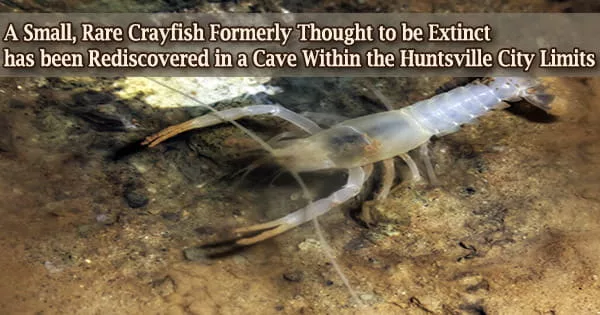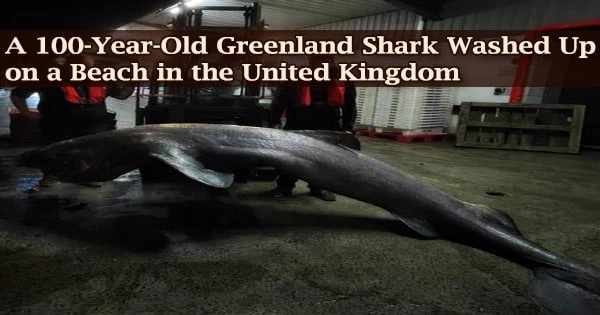An international study lists more than 500 species as “lost,” or those that haven’t been observed in more than 50 years, and offers the first global assessment of all terrestrial vertebrate species that haven’t yet been classified as extinct.
The International Union for Conservation of Nature Red List of Threatened Species (IUCN Red List) contains data on 32,802 species, and after reviewing this data, researchers were able to identify 562 lost species. Their findings appear in the journal Animal Conservation.
The IUCN Red List defines extinct as ‘when there is no reasonable doubt the last individual of a species has died,’ which can be challenging to verify.
75 of these 562 extinct species are listed on the Red List as “probably extinct,” according to Arne Mooers, a professor of biodiversity at Simon Fraser University and co-author of the study.
The researchers stress that as the extinction crisis worsens and more species disappear, the presence of numerous species with a questionable conservation status may present more and more of a challenge.
Since the year 1500, a total of 311 terrestrial vertebrate species have been listed as extinct, which means that 80% more species are still thought to exist.
The fact most of these lost species are found in megadiverse tropical countries is worrying, given such countries are expected to experience the highest numbers of extinctions in the coming decades.
Tom Martin
With 257 species of reptiles being thought to be extinct, they were followed by 137 species of amphibians, 130 species of mammals, and 38 species of birds.
The majority of these extinct creatures were last observed in extremely varied nations like Brazil (29 species), Mexico (33 species), and Indonesia (69 species). Researchers claim that this concentration is crucial, which is not surprising.
“The fact most of these lost species are found in megadiverse tropical countries is worrying, given such countries are expected to experience the highest numbers of extinctions in the coming decades,” says study lead author Tom Martin from the UK’s Paignton Zoo.
Mooers, who anchored the study, says: “While theoretical estimates of ongoing ‘extinction rates’ are fine and good, looking hard for actual species seems better.”
Gareth Bennett, an SFU undergraduate student who did much of the data combing, adds: “We hope this simple study will help make these lost species a focus in future searches.”
The authors advise focusing future survey efforts on the identified “hotspots” where the continued existence of many specific species is still in doubt.
More funding would be needed to support such hotspot-targeted fieldwork to either rediscover lost species or to remove the reasonable doubt that a particular lost species does, in fact, still exist.
















